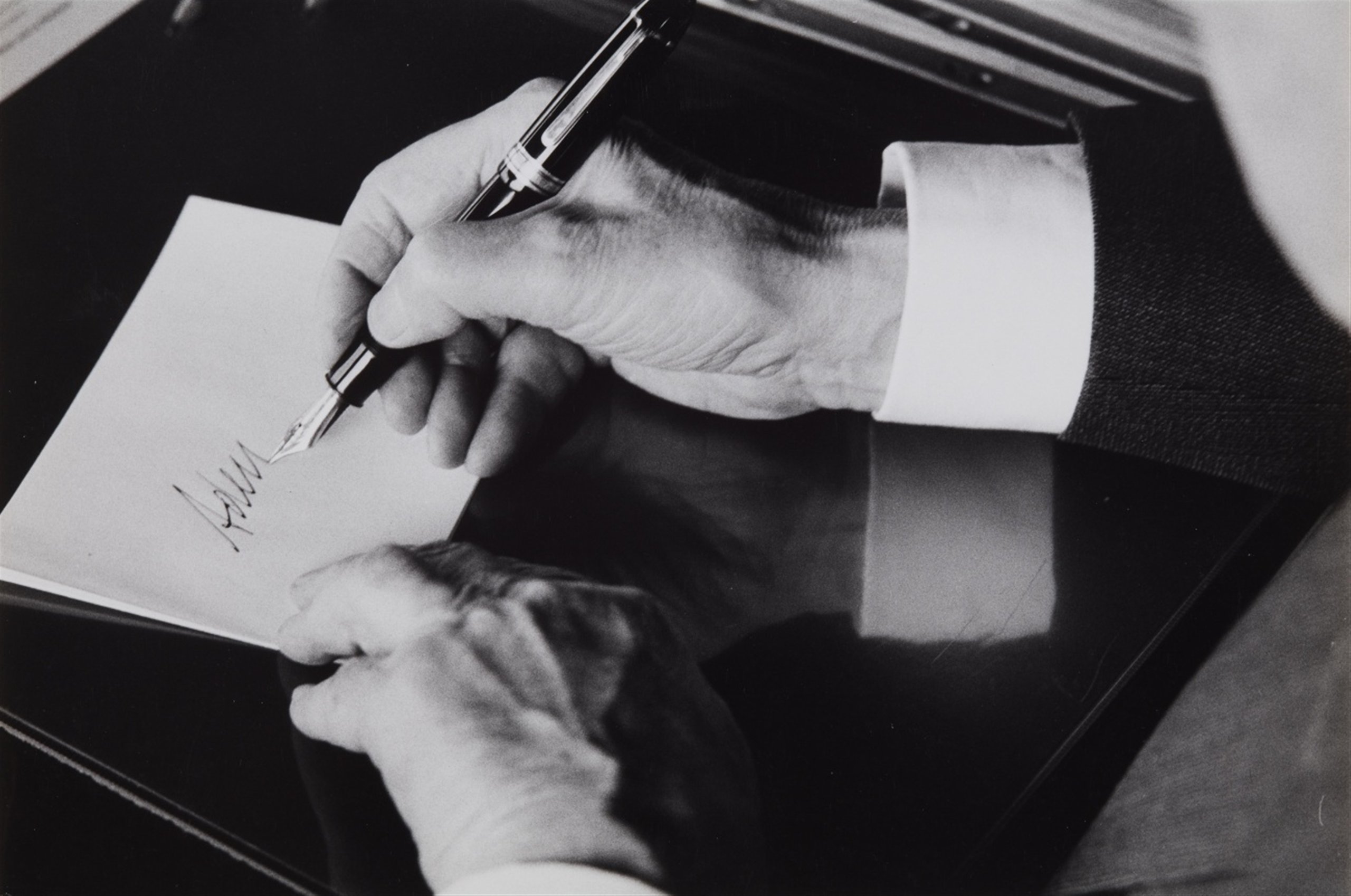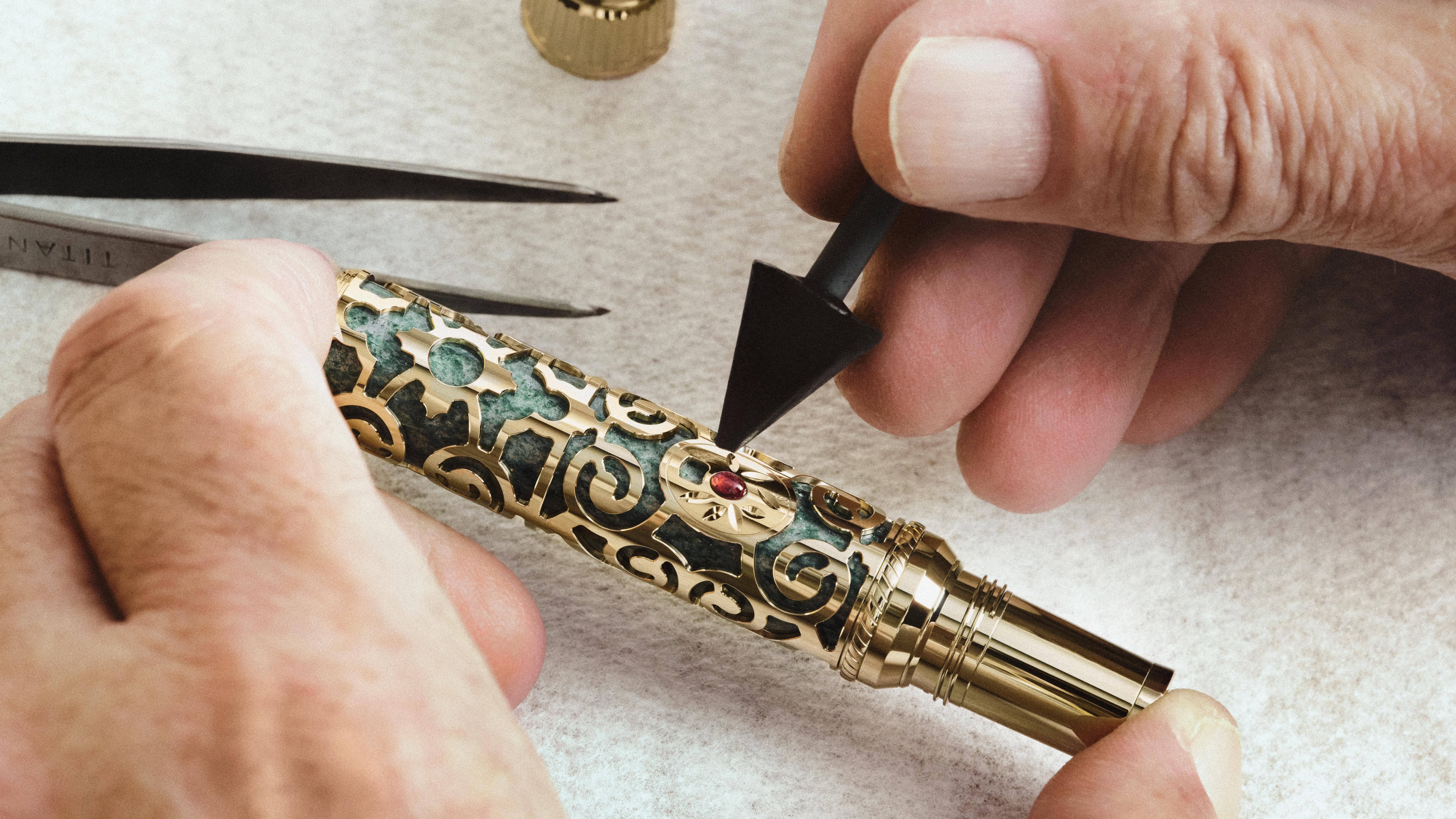Correspondence writing remains a noble act, even in the 21st century. Over the years we’ve shared a lot of fine stationery alternatives with you, but how do we make the best of it? At Inkstable, we are fans of slowing down and taking a moment to appreciate the finer things in life – and sharing our appreciation with others.

A thank-you note can go a long way. But for those uninitiated, it can be a bit confusing where to start. How sentimental should you be? How short should the note be? How should you end it? With best, love, or sincerely?
I’ve put together a small guide to help.
Salutations
As with most things in life, first impressions are everything. They set the tone of the letter. Many of us think letter writing should have a Victorian air about it, meaning we have to write in an antiquated way. This doesn’t appeal to the reader and actually can alienate you from them, as it appears a bit pretentious. So, even with loved ones, try to avoid “My Dearest…” and the like. I prefer a bit of directness. The recipient’s name and a comma works just fine. And, please, save “Hey!” for an email. You have to hit the sweet spot of informality and formality just right, but that’s not it.

The Letter’s Contents
For me, the letter should be about the recipient with minimal attention to you, the writer. Anything written about yourself should be only used as a vehicle to further the ego and put the spotlight back onto the recipient. Your letter is a gift to them. And everyone likes to read about themselves; it’s human nature.
Further, if you are writing a thank-you note, ensure that you don’t say something too generic like “Thanks for the quilt, Aunt Gertrude, I love it!”. But instead focus on how this gift will be integrated into your life now, such as “This quilt was exactly what I needed for the guest room. It feels so much homier now. I can’t wait for you and Uncle Rudolph to visit”. See the difference?
Finally, if your letter is a recap of past events, add details worth remembering. Letters are meant to be kept. When the memory fades of a past vacation, letters can sometimes be more potent of shared experiences than photos on Instagram.

Signing Off
Like the beginning of a letter, the ending can be tricky too. Similar to the above, try not to be too saccharine in your sign-off. “Yours truly” is too much like a Bronte. “Yours forever” is even worse. Match the vernacular of the recipient but make sure to not be too vague in your connection to the reader.
My name is alliterative, so perhaps I lucked out. I sign most things “Best, Brett Braley-Palko”. It’s simple and rolls off the tongue and I do usually wish the recipient the best. On the other hand, if it’s a loved one, I will sign with an X and call it a day. I love a bit of relaxation at the end of a letter. Why stress once everything is out on paper?
A letter shouldn’t be homework, but another gift you send your loved one that can’t be bought. It’s a token of your time and a small gift they’ll keep tucked in a drawer and reread when they miss you. You might as well get it right, for their sake and your ego.
Now, if you liked this little guide, feel free to send me a thank-you note. I always do love mail.

Condividi:
- Click to share on X (Opens in new window) X
- Click to share on Facebook (Opens in new window) Facebook
- Click to share on WhatsApp (Opens in new window) WhatsApp
- Click to share on LinkedIn (Opens in new window) LinkedIn
- Click to share on Pinterest (Opens in new window) Pinterest
- Click to share on Telegram (Opens in new window) Telegram
- Click to email a link to a friend (Opens in new window) Email




Leave a Reply